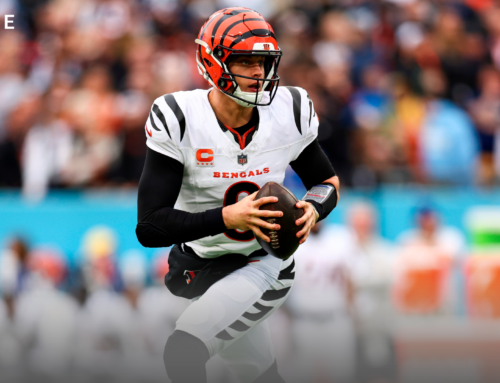What To Expect from the Magnificent Seven in 2025
January 2, 2025
The S&P 500 had another banner year in 2024, rising more than 20% for the second straight year, a feat last accomplished in the 1990s. And just like the year before, a small group of stocks accounted for an outsized share of that gain.
The Magnificent Seven group of large-cap technology companies—Apple (AAPL), Nvidia (NVDA), Microsoft (MSFT), Amazon (AMZN), Alphabet (GOOG)(GOOGL), Meta (META), and Tesla (TSLA)— gained 63% in 2024, after rising more than 75% the year before. There were bumps in the road—the group had its worst day on record in July—but, for the most part, the artificial intelligence (AI) boom continued to boost the stocks of these tech giants.
So, after two years of market dominance, what’s next for the Magnificent Seven?
Will the Mag 7 Become Less Magnificent?
Cumulatively, the Magnificent Seven book more in profit in a single year than most countries’ entire stock markets. And even in America their profits put them head and shoulder above the rest.
Without the Mag Seven, aggregate S&P 500 earnings per share would have contracted in 2023 rather than grown. The group’s profits continued to lead the index in 2024, accounting for about 75% of S&P 500 earnings growth.
In 2025, however, growth is expected to broaden out as the Magnificent Seven slows and the rest of the index picks up the pace. The Mag Seven’s share of S&P 500 earnings growth is expected to contract to just 33% in 2025. That’s in part because the group is lapping a very strong year, making it more difficult to post big year-over-year jumps.
As for their stocks, the Mag Seven is expected to continue to outperform in 2025, though by less than they have over the last two years.
Goldman Sachs analysts forecast the group will collectively outperform the “Other 493”—the S&P 500 excluding the Mag Seven—by 7 percentage points this year, the narrowest margin in seven years.
What’s Next for Nvidia?
Nvidia has been the undisputed leader of the Mag Seven since the group was first named in 2023. Its stock rose 171% in 2024 as sales and earnings soared amid booming demand for its AI accelerators.
Nvidia remains a top pick among Wall Street analysts. Not a single analyst tracked by FactSet Research recommends being underweight or selling the stock.
Despite hitting a rough patch and entering a correction near the end of the year, analysts at Bernstein, Morgan Stanley, and Bank of America all recently named it a top pick for 2025. They all expressed confidence that, despite some hiccups in their development, strong demand for Nvidia’s next-generation Blackwell chips will fuel another year of exceptional growth.
What’s Next for Tesla?
Tesla investors could be in for a watershed year for the electric vehicle maker.
CEO Elon Musk has become a top advisor to President-elect Donald Trump, for whom he will co-lead an advisory group focused on slashing government spending. Musk’s association with Trump accounted for all of Tesla stock’s 63% gain last year—shares were up just 1% for the year on election day—and his role in the administration may continue to influence shares.
Musk is known for making big promises, and his statements about 2025 are no exception. At the start of 2024, he promised a more affordable model in 2025. He expects Tesla to roll out full self-driving software in Texas and California, and he’s even floated the idea of selling Optimus, the company’s humanoid robot, within the year.
As for Tesla’s core business—making and selling electric cars—the outlook is foggy. Trump is expected to end federal tax credits for electric vehicles, which would likely put a Tesla out of reach for more consumers. Interest rates could also remain elevated, creating even more headwinds to affordability.
Will AI Spending Become AI Earning?
Throughout 2024, Wall Street questioned the wisdom of Big Tech’s AI infrastructure spending. Cloud providers like Microsoft, Amazon, and Alphabet plowed tens of billions of dollars into constructing data centers last year, and they sometimes struggled to convince investors all the investment would pay off.
As the AI craze enters a third year, analysts expect investors to shift their focus from building out AI capabilities to deploying and monetizing AI products. Goldman Sachs analysts call this pivot to AI monetization “Phase 3” of the AI evolution. They argue software and services providers are among the companies best positioned to grow in this phase.
JPMorgan analysts also point out that all of Big Tech’s spending could begin to haunt it this year in the form of higher depreciation costs.
Search
RECENT PRESS RELEASES
Related Post



